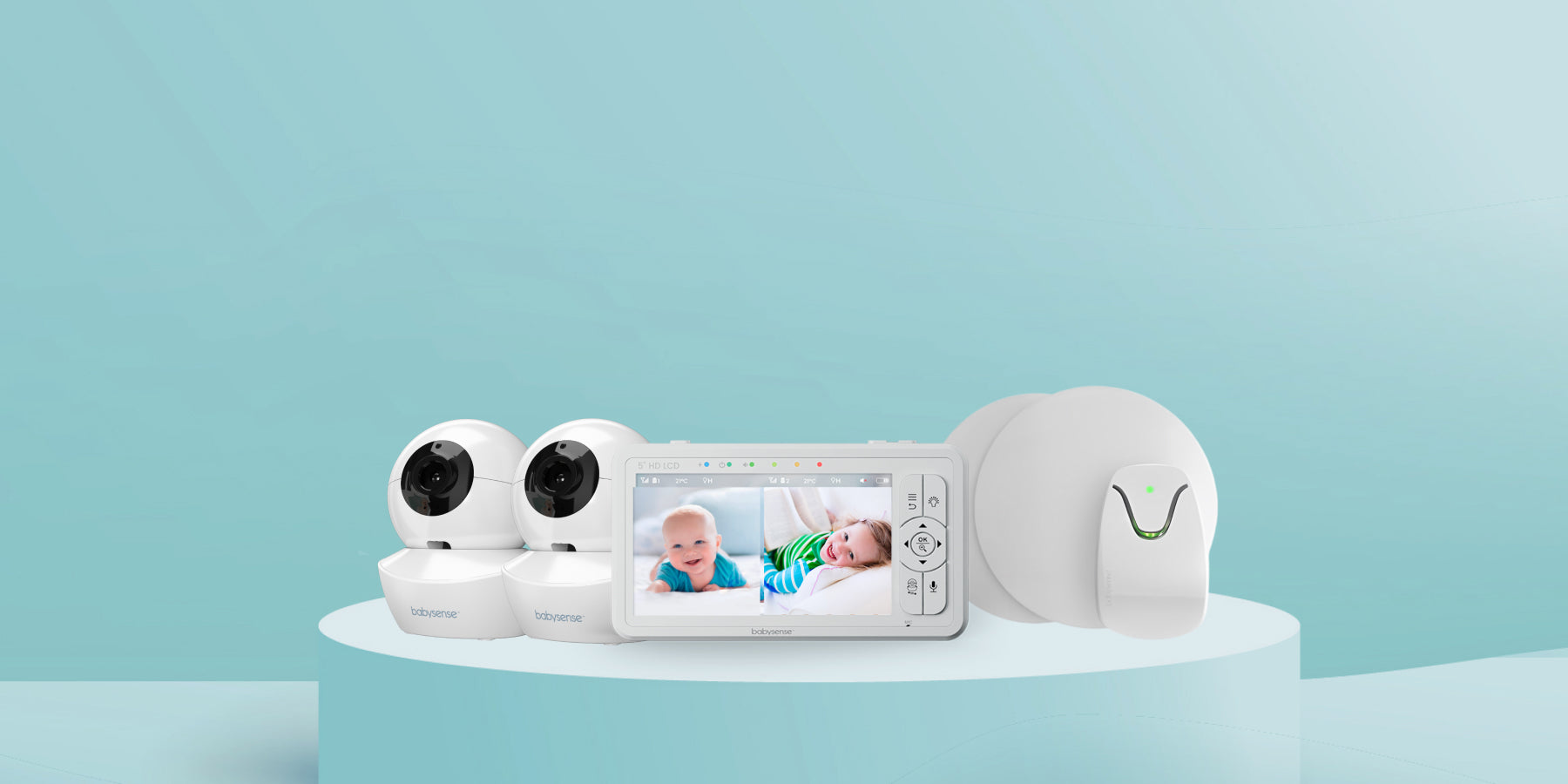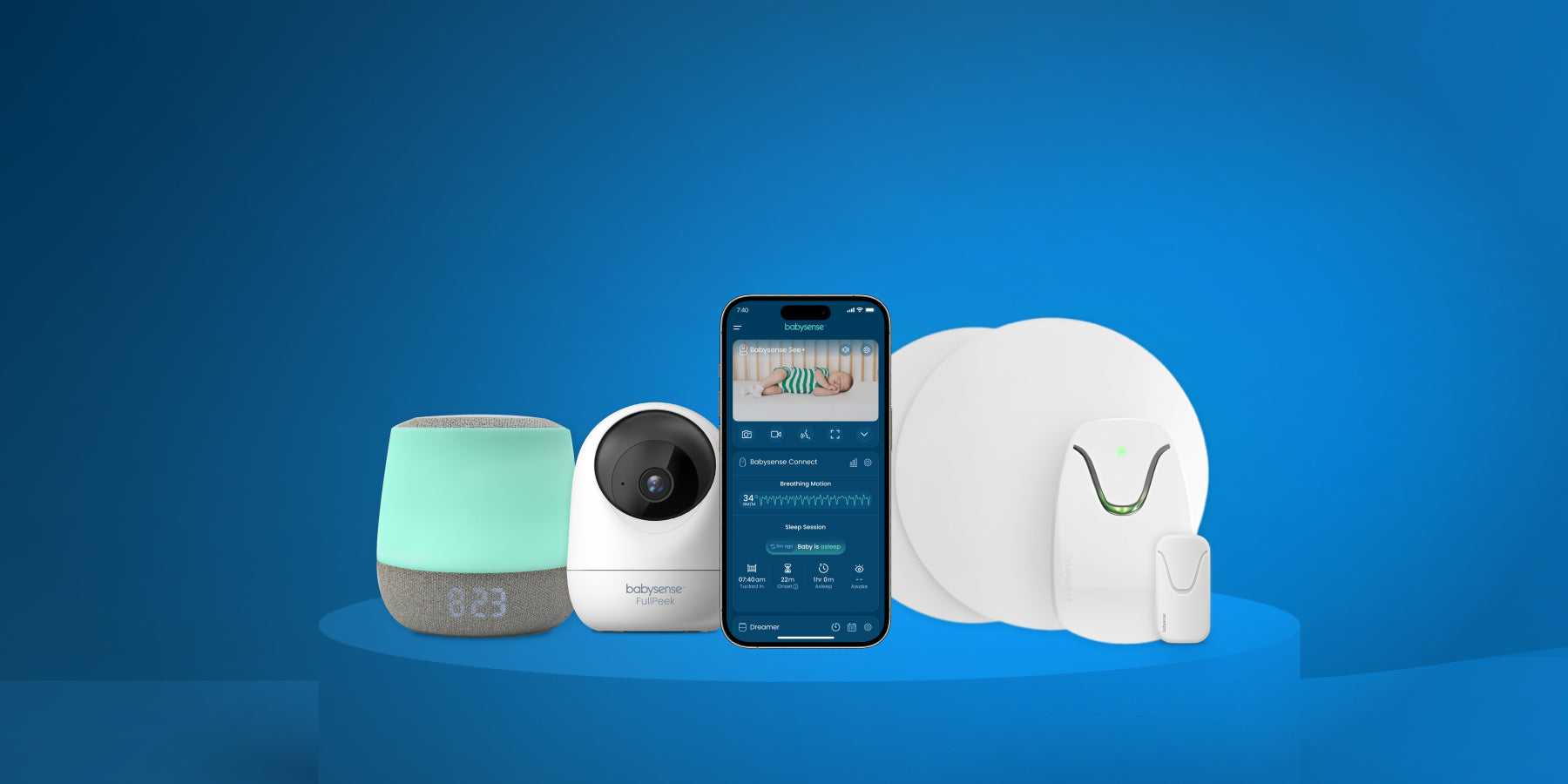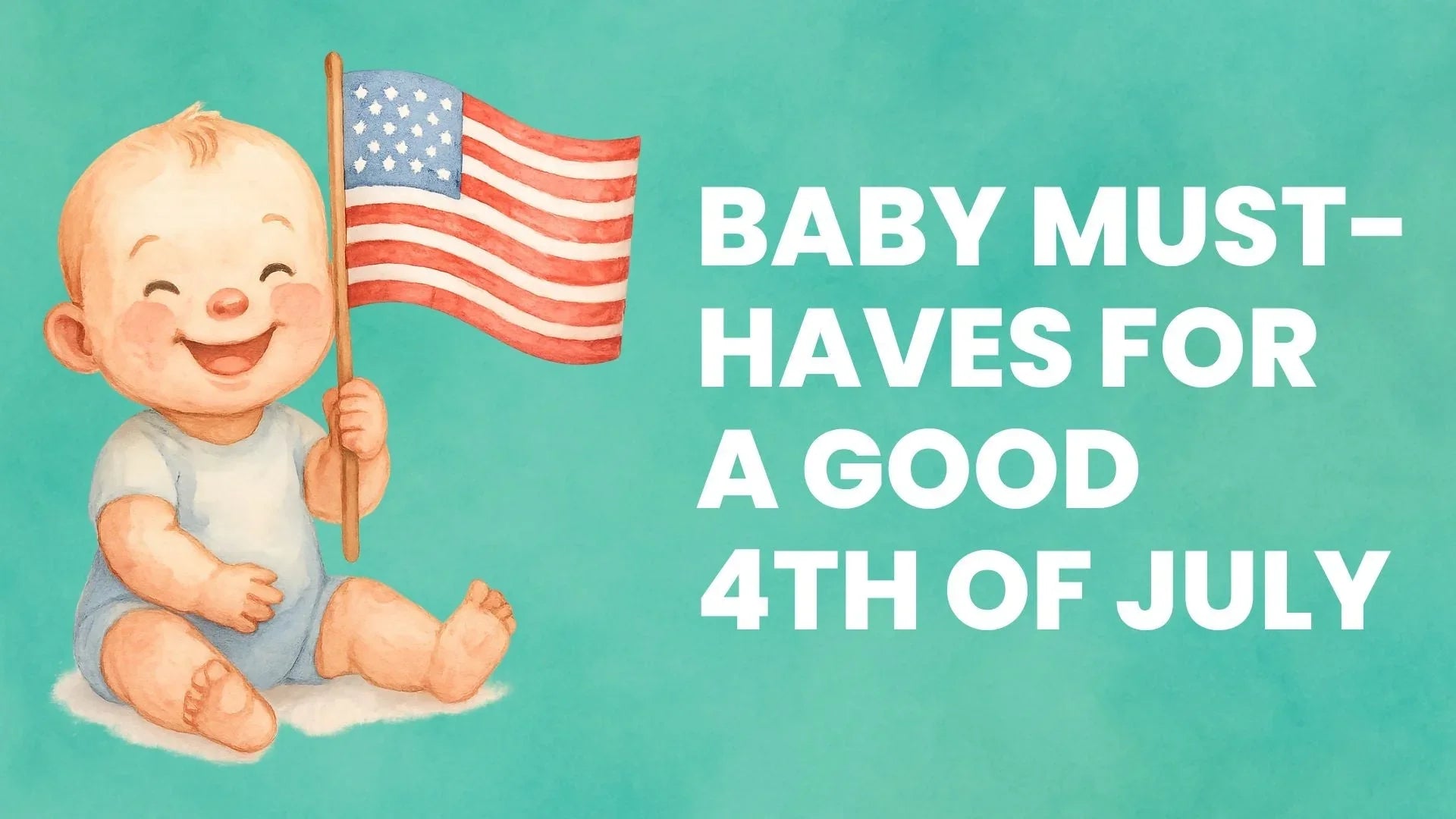AI Tools in Parenting
AI tools in parenting are digital products that use artificial intelligence to automate routine childcare tasks, deliver real‑time insights, and personalise learning or wellness support for every family member. In 2025 these tools range from baby‑safe wearables and predictive sleep monitors to kid‑friendly chatbots and homework helpers, giving parents back precious time and peace of mind.
AI tools in parenting have moved from the fringe to the mainstream in just five years, driven by cheaper sensors, on‑device machine learning and new child‑specific privacy rules. Today’s smart nursery products can predict a baby’s wake‑up time, while AI chat apps teach kids safe internet habits.
1. Safety and peace‑of‑mind tools
Smart baby monitors with predictive insights
- Vision‑based breathing analysis. Cameras such as Nanit Pro and Cubo AI alert you if your infant rolls over or stops moving.
- Multi‑camera split‑screen. 2025 models from Babysense add AI scene detection so you can watch twins on one screen and still get breathing alerts.
Need help picking a monitor? See our best baby monitors of 2025 guide.
AI cry translators & hazard sensors
Apps such as Nanni AI classify cry sounds (hunger, discomfort, colic) in real time and surface care tips, while smart nursery hubs can ping your phone if carbon‑monoxide or room‑temperature thresholds are crossed.
2. Development and learning assistants
Storytelling bots and creativity boosters
Platforms like Galaxy AI’s Bedtime Story Generator and Bedtimestory.ai craft personalised tales featuring your child’s name, preferred characters and moral themes. Parents report higher engagement during evening routines and a 25 percent drop in screen time before bed.
Kid‑safe chatbots and homework helpers
- PinwheelGPT filters mature content, logs every chat for guardians and lets kids aged 7‑12 practise creative writing or science quizzes safely.
- LittleLit AI adapts math problems and coding lessons to a child’s learning style, improving homework completion rates by 18 percent in early trials.
- Gemini for children. Google now allows under‑13s to use its Gemini assistant within Family Link, giving parents granular controls over data and time limits.
3. Feeding, sleep and daily‑care trackers
AI‑powered feeding apps
From Baby Tracker (free, ad‑supported) to MilkTracker (hospital‑grade inventory plus two‑way lactation chat), modern apps use predictive analytics to recommend optimal feeding intervals and spot supply issues early.
Predictive sleep scheduling
Tools such as Nanni AI SleepGenie or Huckleberry’s SweetSpot algorithm crunch past nap data and wake windows, then ping you 15 minutes before your baby starts to stir so you can prep the next feed.
4. Parental wellness & household management
- Virtual assistants integrate calendars, smart lights and security cameras, letting you shut the nursery blinds or re‑order wipes with a single voice command while keeping both hands on the stroller.
- Mental‑health chatbots such as Woebot (HIPAA‑compliant) offer on‑demand cognitive‑behavioural‑therapy exercises during late‑night feeds (no citations required).
How to choose the right AI tool
- Start with pain points. Is sleep the biggest stressor? Begin with a monitor or predictive nap app.
- Check privacy policies. Look for end‑to‑end encryption and options to delete data after export.
- Verify medical claims. If a device promises health insights, confirm it holds FDA or CE clearance.
- Plan integrations. Choose tools that talk to each other (for example, your Babysense monitor plus a feeding app) to avoid data silos.
Ethical & safety considerations
AI is a helpful co‑pilot, not a replacement for professional care. Over‑reliance can dull parental instincts, and incorrect suggestions may slip through. Always double‑check medical‑style alerts and teach children that chatbots are tools, not friends.
What’s next
Within three years we expect on‑device language models in baby monitors, delivering instant cry translation without cloud uploads, plus AR overlays that coach safe swaddling in real time. Bookmark this guide – we will refresh it every six months as new research and products emerge.
Internal resources: Explore the Babysense monitor range or read our primer on sleep regression cues.





